Fieldwork and photography go hand-in-hand for Isle Royale wolf-moose study co-leader Sarah Hoy.
The wolves and moose of Isle Royale are the Lake Superior island’s best-known inhabitants. But the full cast of characters in the national park include an array of other fascinating inhabitants who contribute to the rich complexity of one of the world’s most unique ecosystems. Amid the drama, most recently including the headline-grabbing saga of a wolf who fell through the ice (captured by Hoy’s colleague and fellow Michigan Technological University researcher Rolf Peterson), are moments of iridescent beauty and comic relief in the everyday lives of the sentient beings who call the island home.
Hoy, a research assistant professor in Michigan Tech’s College of Forest Resources and Environmental Sciences, first discovered the joy of taking photos as an undergraduate conducting frog research in the Ecuadorian rainforest. “The wildlife, ecosystem and culture was so different from anything I had experienced before,” said Hoy, who grew up in England. “Taking photos of the wildlife I encountered there allowed me to look back at the images later with a guidebook to help me to figure out which species I had seen.”
Hoy’s interest in photography deepened a few years ago, when her family presented her with a camera for her birthday. She carries a camera everywhere while conducting summer or winter fieldwork.
“When I’m working on the island, I try to always have my camera around my neck — even if I’m going for a quick ski to get some exercise on days when it’s too windy to fly in the survey plane, sitting having my morning cup of coffee by the creek, or just to run down to the dock or campground to pick something up. You never know when you’ll have a close encounter with the wildlife on the island,” said Hoy.
Wolf (and Fox) Aerials, Goofy Moose and Assertive Squirrels
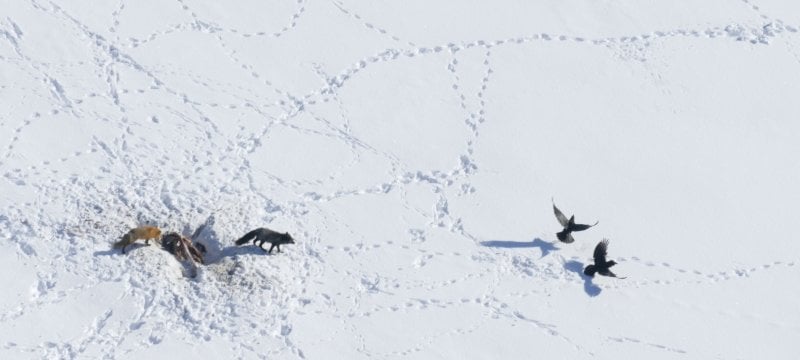
Taking photos of other Isle Royale flora and fauna helps Hoy hone her skills at capturing the most elusive subjects — the wolf packs. The winter study, currently taking place, relies heavily on aerial surveillance.
“Taking pictures of wolves from the plane is incredibly difficult,” said Hoy. “You only have a few seconds to grab a shot. You’re traveling at 70-80 mph and being bumped about by the wind and vibrations from the plane engine.”
A wolf can disappear behind a tree in seconds. Taking photos of wolves against the white snow in changing light conditions is also challenging, said Hoy. “I have gotten better at taking pictures of wolves, but there is still a lot of room for improvement.”
Moose are among her favorite subjects.
“I really enjoy taking pictures of moose. They can go from looking beautiful and majestic one minute to looking really goofy the next,” she said.
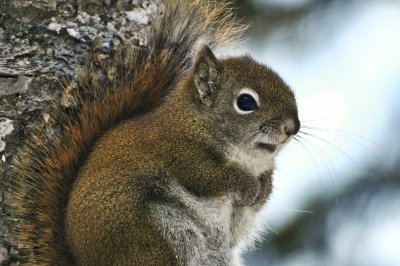
But her favorite? Red squirrels. “There isn’t the pressure of having to take a high-quality picture or an image of something really specific that will be used for my research,” she explained. “The squirrels are such creatures of habit and have distinct personalities. They are one of the most aggressive animals I come across while working on the island!"
All Things Bright and Beautiful on Isle Royale

Fun fact: You won’t find bears, porcupines or raccoons on the island. Roughly only 18 out of the 40 mammals found on nearby mainlands have called Isle Royale home, now or in the past (in the latter case, historical data indicates the presence of caribou and lynx).
Search the Isle Royale National Park Species List to discover the flora and fauna that inhabit the island.
Close Wildlife Encounters of the Memorable Kind
Hoy has had many close encounters with wildlife — especially moose. But, if she had to choose the most memorable to top the list, it’s meeting a marten.
“I was skiing back to the cabin, and when I came around a corner I realized there was a snowshoe hare running toward me along my ski tracks; the hare was being pursued by a marten,” she said. “Last spring, I had another close encounter with a marten. I was looking at my GPS trying to find a waypoint so that I could navigate my way around a swamp. All of a sudden, a marten ran out of the bottom of a tree right beside me. We were both quite shocked by each other's presence. I stood still and the marten started to climb a nearby cedar tree and just chattered and stared at me — the encounter lasted just long enough for me to snap a few quick photos.”
Hoy enjoys taking photos in all seasons, but winter photo ops are harder to come by. “There are fewer species of wildlife on the island in winter and not many other humans around — so when you do have a close encounter with wildlife, I think it makes that encounter feel a bit more special than in the summer,” said Hoy, who also appreciates the spectacle of springtime bird migration on the island. “There is usually a week or two when you start seeing new, colorful species of warbler every day,” she said.
Hoy said there are a lot of images she still hopes to capture. “I have never managed to get a good picture of any of the owl species on the island,” she said.
For more wildlife and fieldwork photos, follow Hoy on Instagram @owlbotherer and track the research team @thewolvesandmooseofisleroyale.
A Glorious Gallery of Isle Royale Flora and Fauna
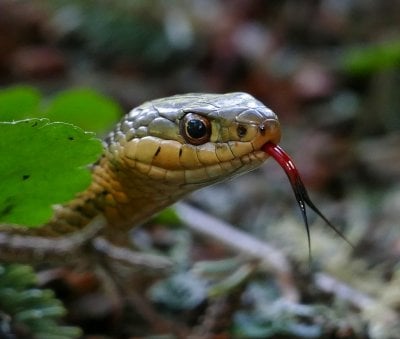
Explore more of Hoy’s favorite images. Click the symbol to expand the photos and get more information on their subjects and circumstances.
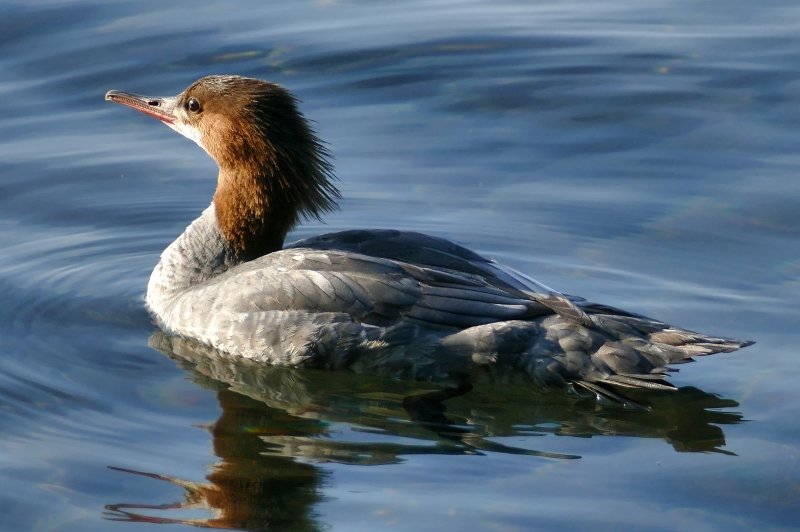
Michigan Technological University is an R1 public research university founded in 1885 in Houghton, and is home to nearly 7,500 students from more than 60 countries around the world. Consistently ranked among the best universities in the country for return on investment, Michigan's flagship technological university offers more than 185 undergraduate and graduate degree programs in science and technology, engineering, computing, forestry, business, health professions, humanities, mathematics, social sciences, and the arts. The rural campus is situated just miles from Lake Superior in Michigan's Upper Peninsula, offering year-round opportunities for outdoor adventure.
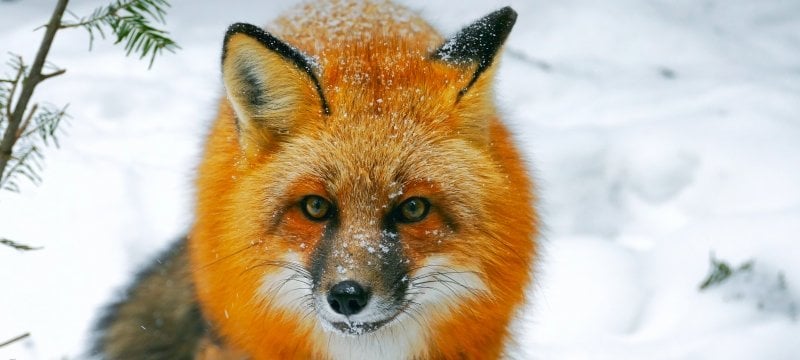
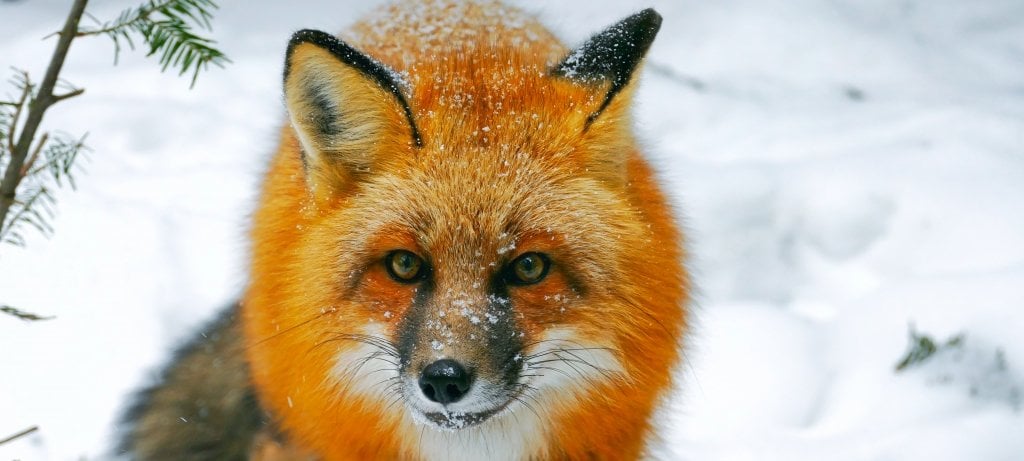
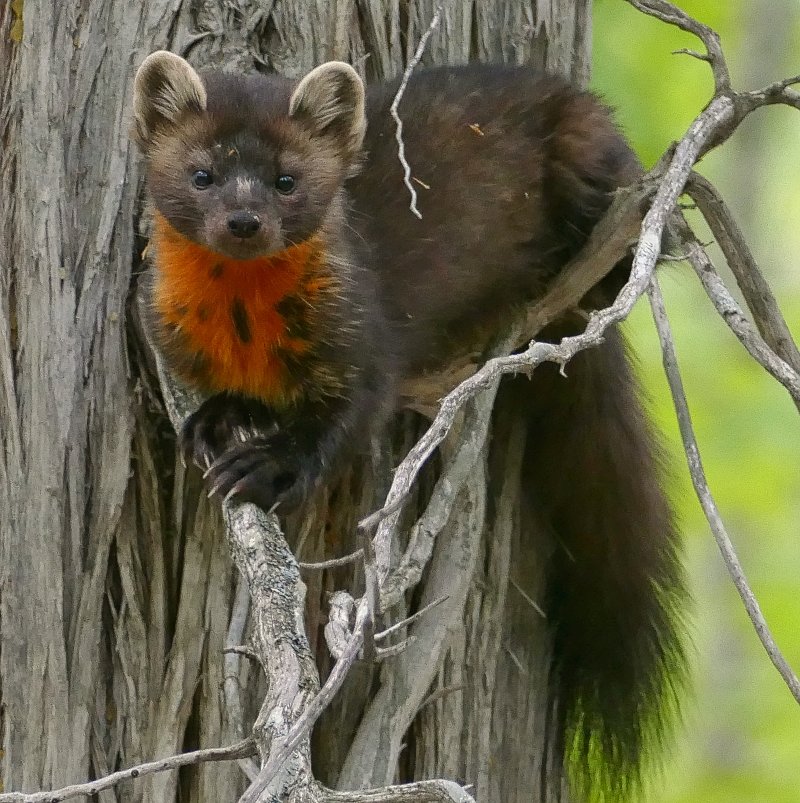
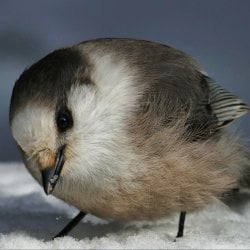
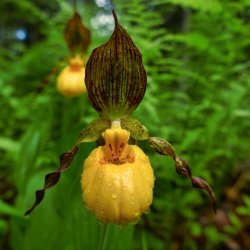
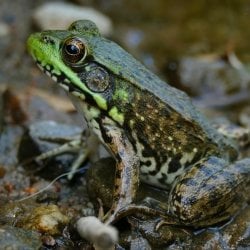
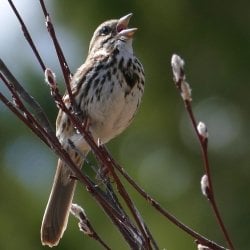

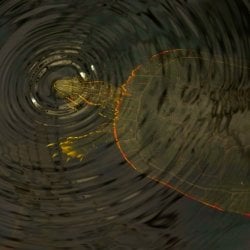
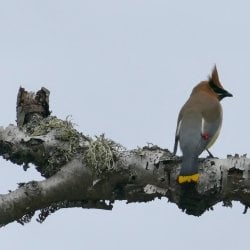
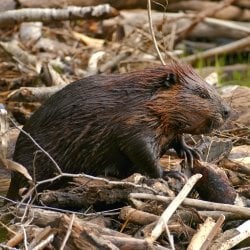
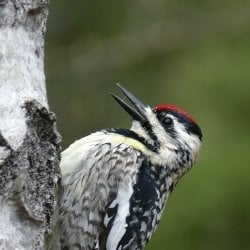
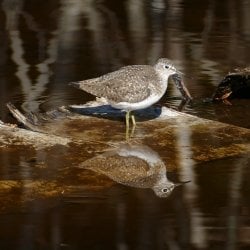
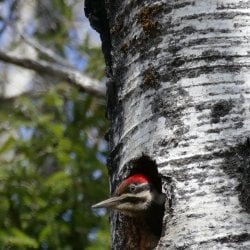
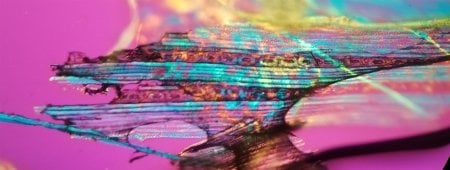
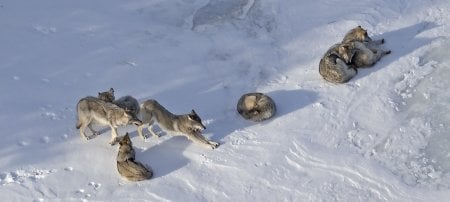
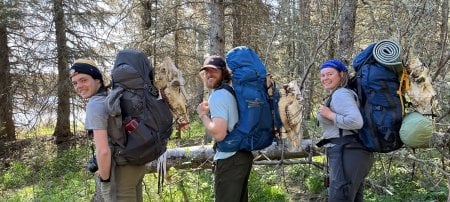
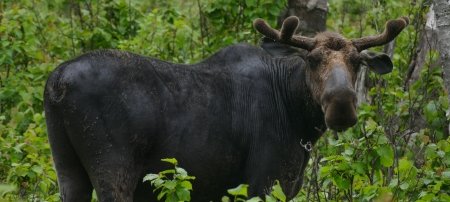
Comments